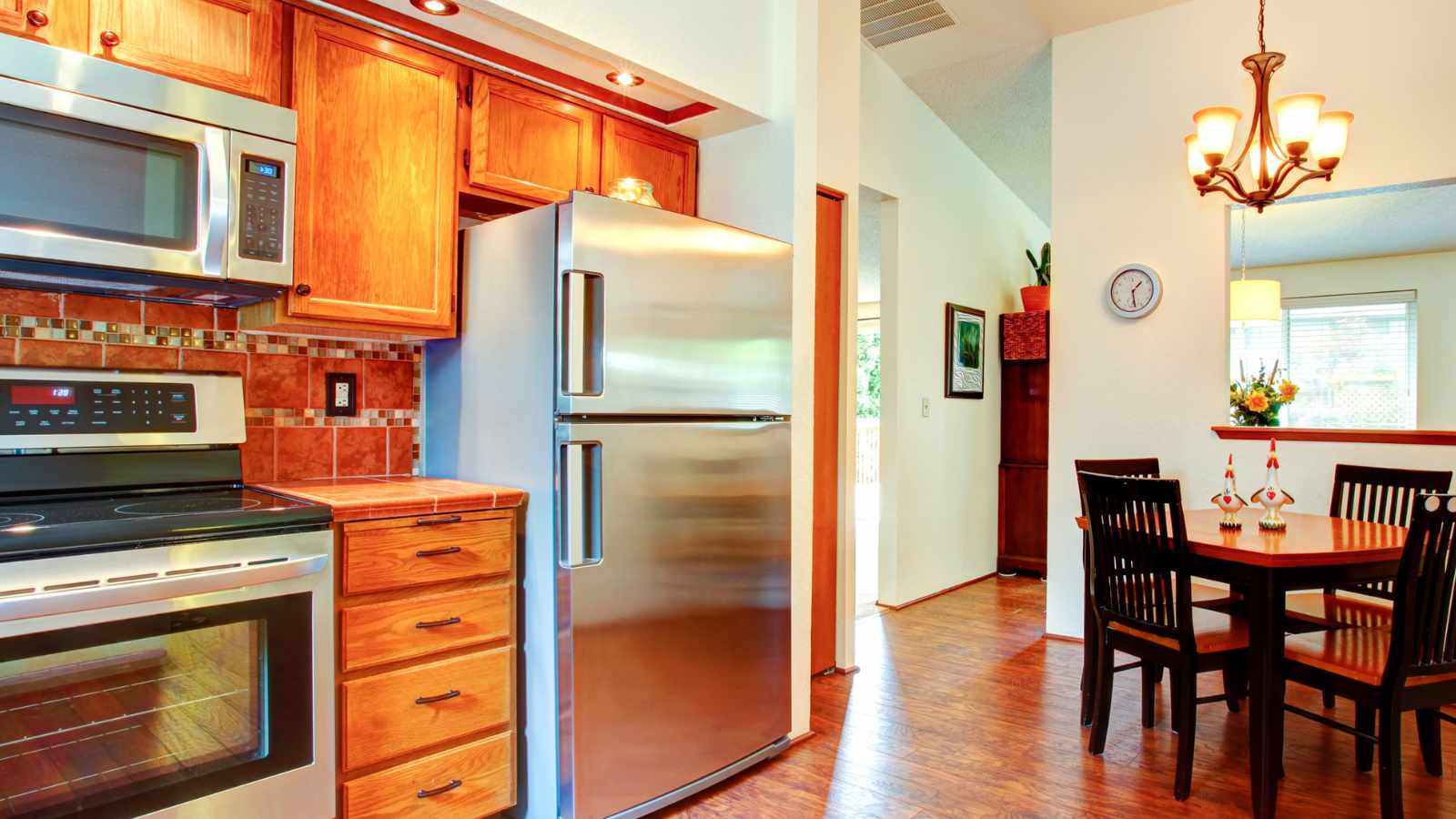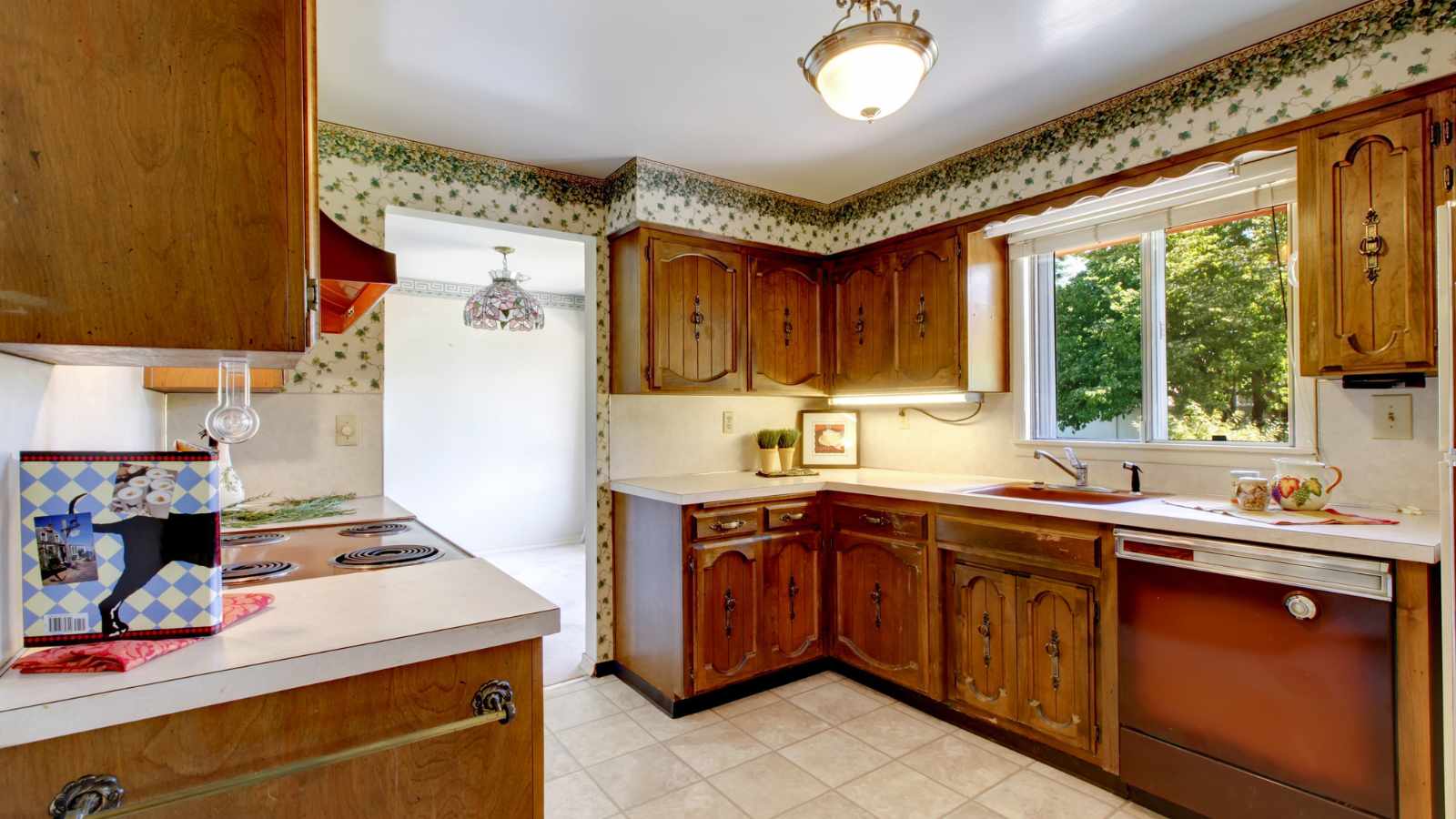Kitchen Turnoffs That Make Buyers Walk Away, According to Real Estate Experts

When potential homebuyers tour a property, the kitchen is often the focal point. Real estate professionals consistently say it’s not just another room — it’s a deal-maker or deal-breaker.
According to the National Association of Realtors (NAR), buyers rate an updated, attractive kitchen far more highly than some “back-of-house” features like a new foundation.
Why Kitchens Determine Buyer Decisions
Outdated Cabinets, Countertops & Finishes

Dark, Shadowy, Poorly Lit Kitchens
Old, Mismatched, or Noisy Appliances

Dysfunctional Layouts and Limited Workspace
A kitchen’s layout strongly influences usability. Real estate experts frequently cite poor counter flow, cramped prep areas, and awkwardly placed appliances as major turnoffs.
Among the most desired layout features, the NAHB survey highlights the central island; buyers appreciate the extra storage, workspace, and social hub it provides. But if an island is missing or poorly designed, or if the “work triangle” is broken, the kitchen may feel inefficient or cluttered.
Layout issues also raise practical red flags: buyers may worry about limited cabinet space, poor storage access, or awkward corners that become dead zones. These concerns often translate into discounted offers or outright passing.
Odors, Grime, and Signs of Neglect

Expert-Recommended Fixes Before Listing the Home
Many of these deal-breakers can be addressed with relatively modest investments that yield outsized value when the home is listed. Here are recommendations from real estate pros:
Refresh Cabinets and Finishes
- Repaint or reface cabinets rather than replace them entirely if the structure is sound.
- Upgrade to modern, neutral countertops like quartz or soapstone if the budget allows.
- Swap out old hardware (knobs, pulls) for a fresh, classic look.
Improve Lighting
- Maximize natural light: remove heavy curtains, clean windows, or install skylights.
- Add layered lighting: combine ambient, task, and accent lighting to brighten the workspace.
- Use energy-efficient, daylight-balanced bulbs to make the space feel cleaner and more welcoming.
Upgrade or Stage Appliances
- If possible, highlight energy-efficient or high-performing appliances in your listing; they may generate greater buyer interest.
- Clean all appliances thoroughly; buyers are more forgiving of dated units that are well-maintained than of visibly crusty or broken ones.
Optimize Layout
- Consider rearranging or decluttering to highlight the “kitchen triangle” (sink, stove, refrigerator).
- Add or stage a central island (even a temporary, lightweight one) to improve flow and storage.
- Use organizers, pull-out shelves, or pantry inserts to maximize usable storage and show off functionality.
- Deep Clean and Eliminate Odors
- Professionally clean greasy surfaces (hoods, backsplashes, ceilings).
- Check and repair ventilation systems; install a range hood fan if missing.
- Use mild, buyer-safe odor neutralizers or primers on walls and surfaces.
- Address mold or water leaks promptly. This is critical for both perception and safety.
Fix Subtle Maintenance Issues
- Tighten or replace hardware, fix sticky drawers, caulk seams, and ensure every element feels solid.
- Flush out vent hoods, clean filters, and polish handles to give a sense of care and attention.
- Test lighting and switches; replace flickering bulbs or faulty wiring.
Key Takeaways

The kitchen remains the most scrutinized area in a home sale, and for good reason. Real estate experts agree: when buyers walk into a poorly maintained, outdated, or poorly lit kitchen, they often walk away with doubts not just about the kitchen, but about the home as a whole.
By addressing these turnoffs, outdated finishes, poor lighting, aging appliances, inefficient layouts, and signs of neglect, sellers can dramatically improve buyer perception. Moreover, many of the interventions don’t require a full-scale renovation; brilliant staging, cleaning, and lighting improvements can make a big difference.
In the competitive housing market, making the kitchen feel clean, functional, and modern isn’t just good design — it’s good business.






